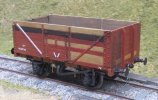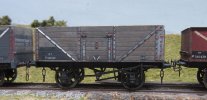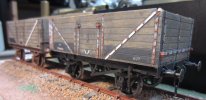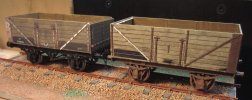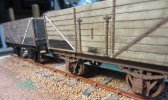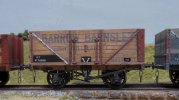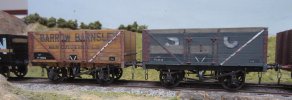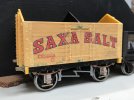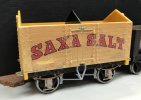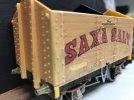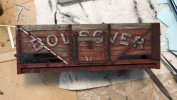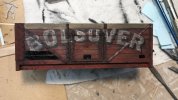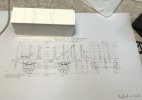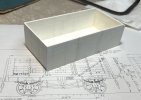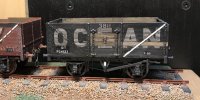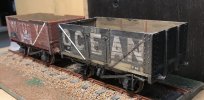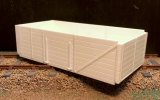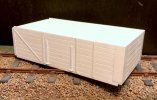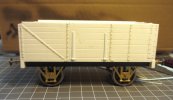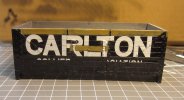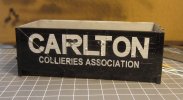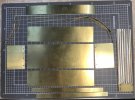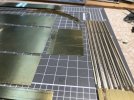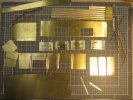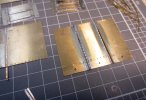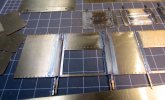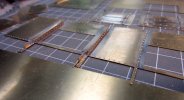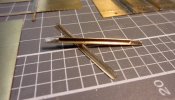Overseer
Western Thunderer
Mid-Century strikes me as a retrogressive appellation for a time when the world was looking to a bright future. Anyway I am starting this thread as a place to put my early 1950s mineral wagons. These are a distraction from other interests which started when I decided I wanted to try to replicate the dilapidated condition of coal wagons during the early years of British Railways. My other railway modelling interests had rolling stock in much better condition so much less scope for artistic interpretation. A couple of issues of Railway Bylines around 2000 had some nice close up photographs from multiple angles of typical wagons in service delivering coal, one was to Cheddleton Hospital and the other to Altrincham gas works. Some of the less common wagons have been seen on WT over the years as scratch builds but the bulk of the fleet is kit built and they have been more reclusive due to being unfinished. They are still all works in progress which get worked on when time and inclination coincide, but here goes. Still need to build an appropriate layout.
This is a copy of one of the Cheddleton photos which started this distraction.
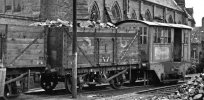
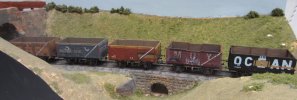

As a start, this is the ex Stephenson Clarke wagon. A Slaters RCH 1923 8 plank kit with POWsides and home made transfers. Still needs bottom door levers, top protection clips and finish painting.
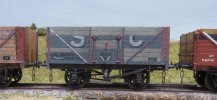
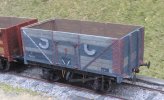
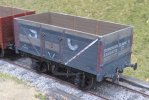
More to follow.
This is a copy of one of the Cheddleton photos which started this distraction.



As a start, this is the ex Stephenson Clarke wagon. A Slaters RCH 1923 8 plank kit with POWsides and home made transfers. Still needs bottom door levers, top protection clips and finish painting.



More to follow.

